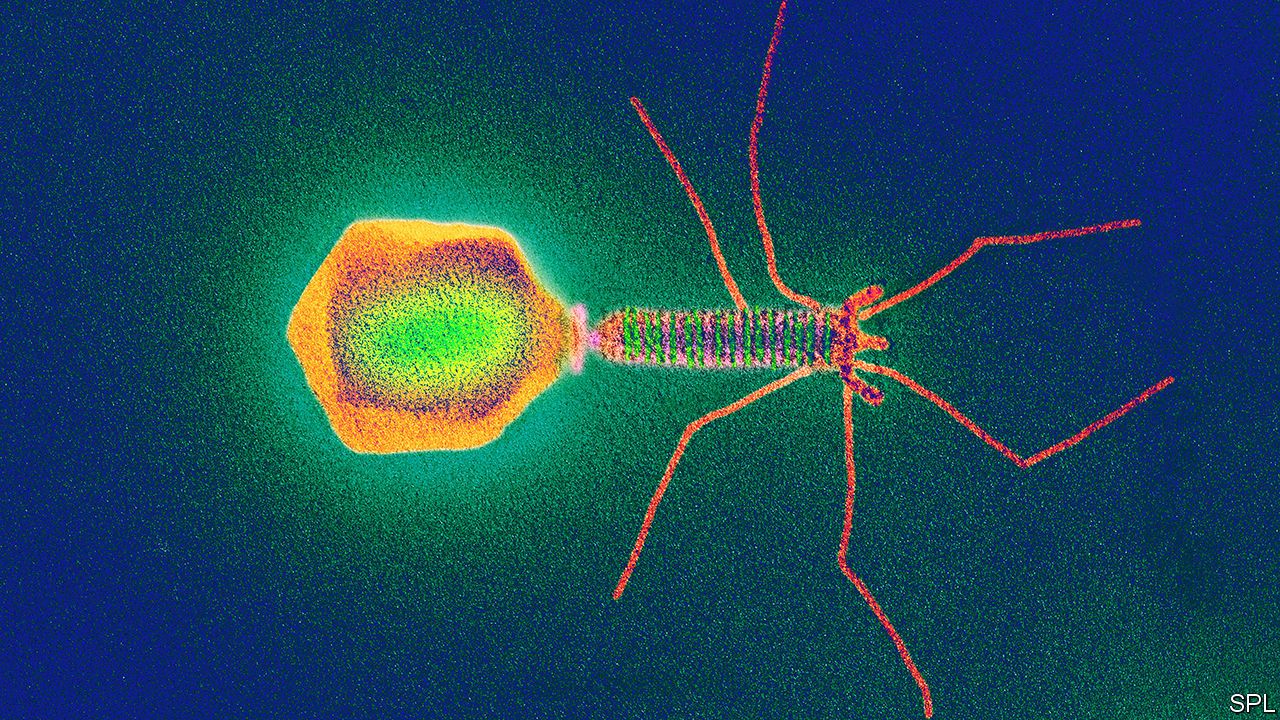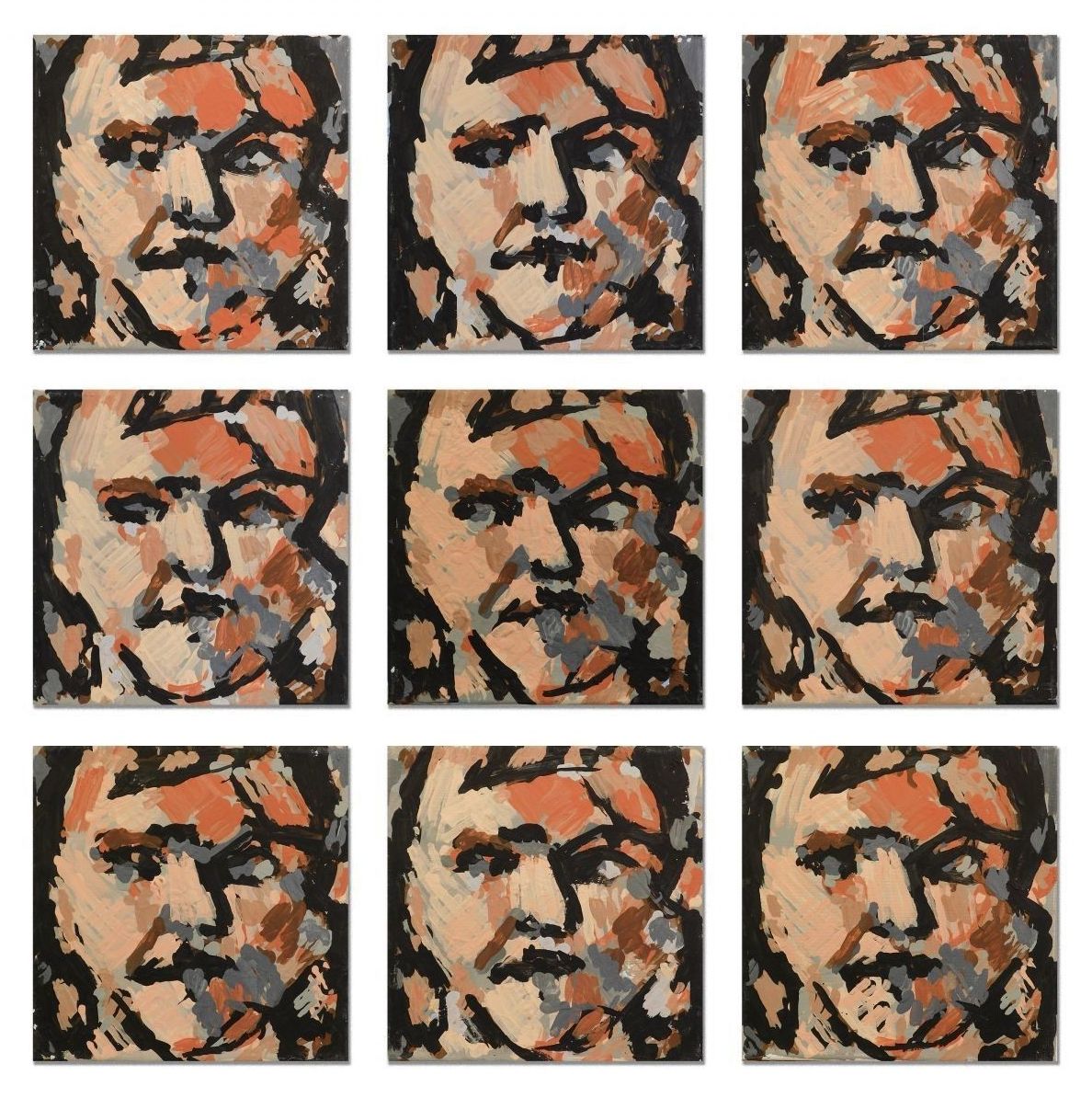Some viruses sacrifice themselves so that others may multiply.
THAT predators often hunt in packs is a commonplace. Wolves do it. Killer whales do it. Even Velociraptor, a species of dinosaur made famous by “Jurassic Park”, is believed to have done it. These are, or were, all intelligent species, capable of exchanging and interpreting information. But the logic of pack hunting, that many may achieve what one alone cannot, and that individual pack members may perform different roles, does not depend on intelligence. Indeed, evidence has now emerged that this logic applies to viruses, the simplest biological entities of all. It was published this week in Cell, by Edze Westra and Stineke van Houte at the University of Exeter, in England.
The viruses in question are bacteriophages, which “hunt” bacteria. They do not eat their prey. Rather, they take over its genetic apparatus to create replicas of themselves, killing the host as a consequence. To do so they have to penetrate a bacterium’s cell wall and then subvert its internal defences, of which there are several. One of the best known, because it is the basis of an emerging gene-editing technology (see article), is called CRISPR. The CRISPR system detects and cuts up alien DNA. In the wild, such DNA will almost always have come from a virus. To counter this, some bacteriophages have evolved ways of gumming up CRISPR’s cellular machinery. Dr Westra and Dr van Houte have shown that, in essence, such phages collaborate. Some do the gumming. Others hijack the genetic apparatus.
Get our daily newsletter
Upgrade your inbox and get our Daily Dispatch and Editor’s Picks.









